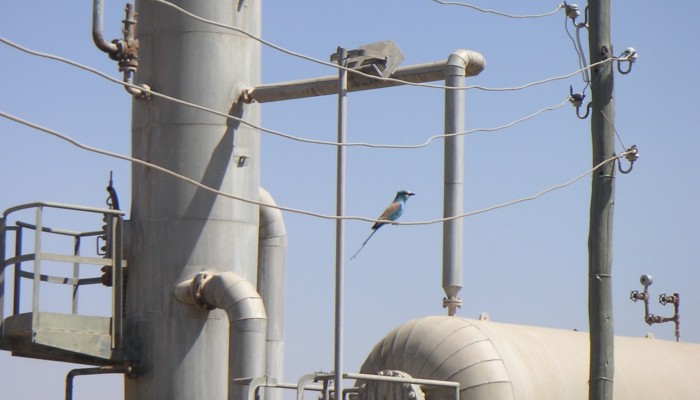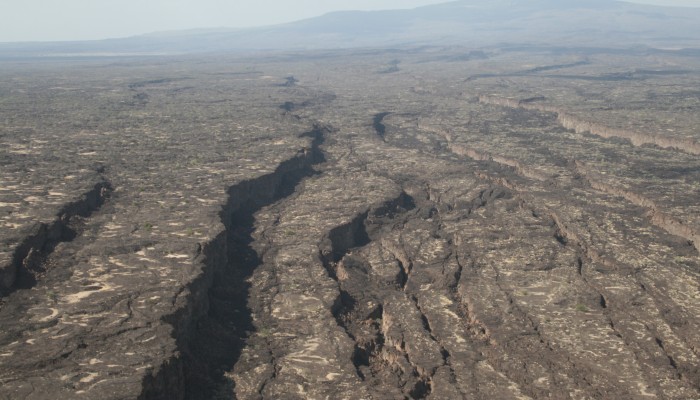The great Rift Valley of Ethiopia is not only the cradle of humankind, but also the place on Earth where humans have lived with volcanoes, and exploited their resources, for the longest period of time. Perhaps as long ago as 3 Million years, early hominids began to fashion tools from the volcanic rocks from which the Rift Valley was floored, including basalt and obsidian. The Ethiopian Rift Valley ...[Read More]
Energy Poverty and Geothermal Energy Futures
Ethiopia is one of the most impoverished nations in the world, in terms of the number of people who live without access to electricity. The World Energy Outlook reported that in 2014, 70 million people in Ethiopia, or 77% of the population, have no access to electricity. Ethiopia is also one of the more volcanically-active regions of the world, with 65 volcanoes or volcanic fields that are thought ...[Read More]
Friday Field Photo – Alutu volcano, Ethiopia
Update: June 2015 Our open access research paper on Aluto volcano is now available online: Hutchison et al., 2015, Structural controls on fluid pathways in an active rift system: A case study of the Aluto volcanic complex, Geosphere 11, 542-562, doi:10.1130/GES01119.1
Sea-floor spreading, on land
One piece of evidence that helped to establish the theory of Plate Tectonics in the early-1960’s was the recognition of patterns of magnetisation in the basalts of the seafloor that were symmetrical about the global oceanic ridge system. Fred Vine and Drummond Matthews recognised that this pattern had to be fixed in place as the lavas, that were erupted along the ocean ridge, cooled through ...[Read More]
Polygons, columns and joints
Over on her Georney‘s blog, Evelyn Mervine has recently posted a nice piece with some spectacular images of columnar jointing. This seemed like a good opportunity to dust off some field photos, with some more examples of polygonal joint sets in lavas from a variety of settings, to illustrate the diversity of forms that cooling-contraction joints may take in volcanic rocks. The first example ...[Read More]


